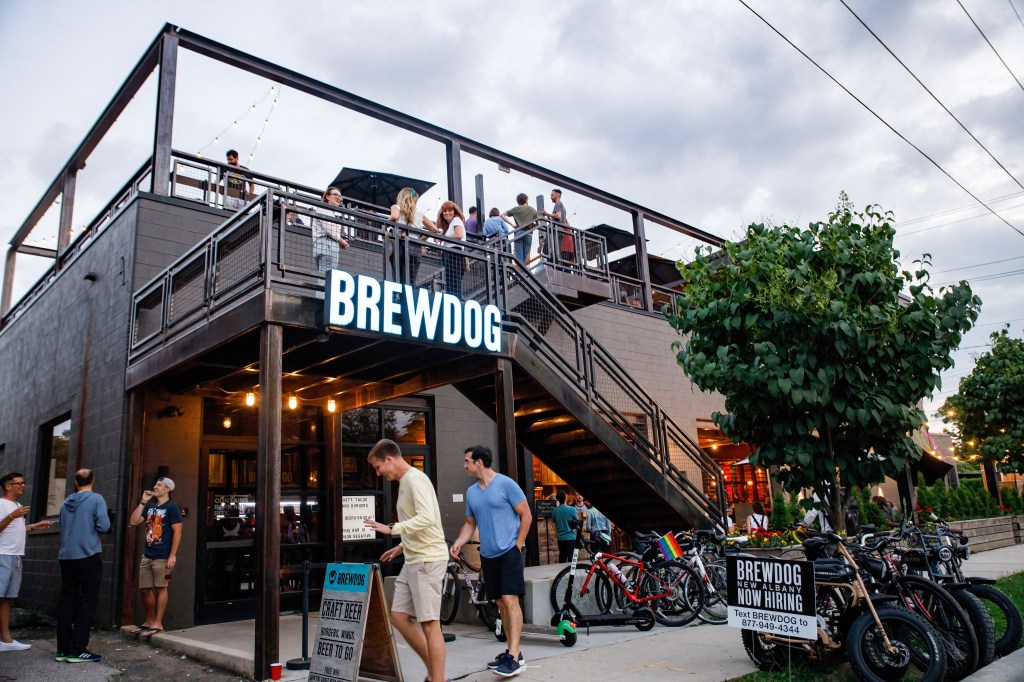
All photos courtesy ofThe Prison in Twelve Landscapes.
Director Brett Story’s images are patient and placid. Her camera doesn’t crave action, her editing avoids quick cuts, and her documentaries have the capacity to lull the audience into a prolonged state of chill. Toronto-based but with an eye to the US, Story takes her time, ambling over the faces of small towns while gradually making their problems her own.
Her first feature film, The Land of Destiny (2010), focussed on Sarnia, Ontario and the visceral attachments residents there have to the petrochemical industry that both employs them and is killing them with carcinogens. In her most recent work, The Prison in Twelve Landscapes (2016), she crafts a more politically charged commentary by turning her camera on the American prison industrial complex. The film unfolds in a series of vignettes while Story traces the rippling effects of the prison system in the everyday lives of Americans. The Black Lives Matter movement reveals itself as the documentary’s beating—but never bleeding—heart.
Videos by VICE
Story found herself surrounded by the wide-reaching economies of the prison at every turn: from women in Times Square discussing the phone bills they rack up by calling their incarcerated men, to those who have learned to speculate and profit off the system.
Yet Story makes it clear that as Canadians we have no moral ground to stand on when it comes to our own rates of incarceration and she carefully avoids moralizing in the film about a country that is not so different from her own.
Did being Canadian give you some neutrality or poetic license to talk about the deep-seated racism of the US?
Brett Story: One only needs to look inside our own prisons and see a warehouse space filled with poor people, people of colour, and especially Indigenous people. I feel like I could have made a film like this here in Canada, even while the history and topographies would have been different.
One of your subjects, Darrick, says “This might shock you as Canadians, but you can kill a nigger anytime you feel like it, here in America.”
My editor and I almost took that line out, only because we didn’t feel comfortable foregrounding the Canadian thing, but what he says is too powerful and important. That needed to be said. Black Lives Matter infused the film, and I think there’s a relationship—as one of my teachers, the prison abolitionist Ruth Gilmore always says—between being able to incarcerate a person, and being able to kill a person.
One of my favourite scenes in the film is the story of the all-female prison firefighters. Why did you choose to shoot that segment without showing the women’s faces?
Like a lot of the scenes, the form at least partly came out of the limitations. I didn’t show the woman’s face because I couldn’t. It’s very difficult to get cameras into institutions […] But the other reason is more deliberate and aesthetic. I wanted to have the scene just contain fire footage. There’s something so mesmerizing and sublime about massive fires, and I wanted to bring the audience into that zone while the woman’s voice slowly brought us into her story. Faces can actually sometimes be distracting, even while they seem to be direct.
Over what period of time did you shoot the film? It seems like it was soon after the police murder of Mike Brown?
I began shooting in 2013. So in fact before the killing of Mike Brown. But I went into fuller production the summer of 2014 which is also when things started to really intensify around Mike Brown, Eric Garner, increased attention and protest around police killings of Black men and women. And then when I went to Ferguson and the St. Louis area it was the summer of 2015, a year after Mike Brown’s death.
By that time reports had started to come out about the underlying infrastructure of that police killing, which as you see in the film, is this systemic over-fining that goes on as a revenue-generating structure for these tiny municipalities throughout St. Louis county. Municipalities that were themselves often created out of racist housing policies like redlining decades before.
I wanted to make links in this film, however oblique, between these issues: policing, incarceration, housing policy, tax policy. Again, to upend the idea of the prison system as just a closed system that has nothing to do with other aspects of daily life.
What is coming up next for you?
I wrote a PhD dissertation alongside this film, and I’m trying to turn it into a book that will be a kind of companion to the film. I’m continuing to bring this film to festivals and schools and hopefully community screenings soon. I do have a new film that’s just in its early early days, and that I can’t say much about– except that its overall theme has to do with collective anxiety, and about living in an era in which futurity itself seems to be in question.
Follow Julia on Twitter



